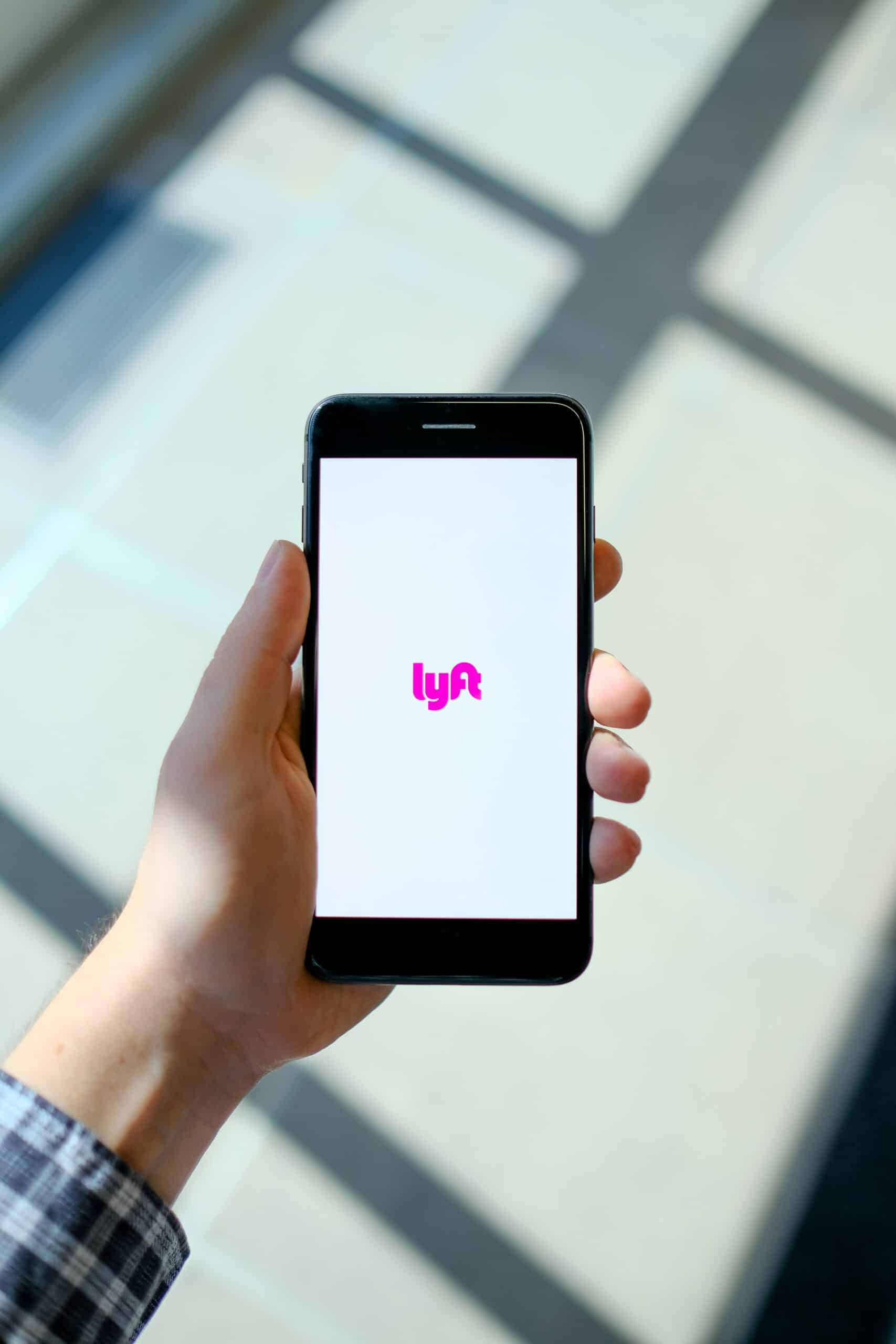The gig economy, often described as the wild west of work, has become an increasingly popular subject in recent years. With its uncharted territories and lack of regulation, it can seem like an adventurous and exciting alternative to traditional work arrangements. But, as with any frontier, the gig economy comes with its own unique set of challenges and opportunities.

Side hustle society
What are we talking about, specifically? Examples of gig economy jobs include:
- Ride-sharing services such as Uber and Lyft, where individuals can use their own vehicles to transport passengers.
- Delivery services such as Postmates and DoorDash, where individuals can use their own vehicles or bicycles to deliver food and other items.
- Online marketplace platforms such as Etsy and Upwork, where individuals can sell their goods and services.
- Home sharing platforms such as Airbnb, where individuals can rent out their homes or apartments to travelers.
- Online tutoring and teaching services such as VIPKid and iTutorGroup, where individuals can provide one-on-one instruction to students remotely.
- Handyman and home services such as Task Rabbit, where individuals can offer their skills and services to perform tasks such as cleaning, assembly, and lawn care.
- Virtual assistance, where individuals can provide administrative and customer service support to businesses remotely.
- Content creation and curation such as writing, photography, graphic design, video editing and many more.
Gigonomics 101
For some, the gig economy’s flexibility and autonomy can be incredibly appealing, offering a chance to break free from the confines of a 9-to-5 job. The opportunity to choose projects, set your own hours, and work from anywhere can be a major draw for those who crave independence and variety in their professional lives.
However, the gig economy also has a darker side. The lack of stability and benefits, such as health insurance and retirement plans, can leave gig workers feeling exposed and vulnerable. Additionally, the absence of traditional workplace protections can make it difficult for workers to advocate for themselves, leading to potential exploitation.
Tales from the gig abyss
Overall, gig workers are in a more precarious position compared to traditional employees. They may have more flexibility and autonomy but they are also taking on more financial and legal risks. Ideally, it’s a phase that doesn’t last long. Life is short, and time is money, after all.









